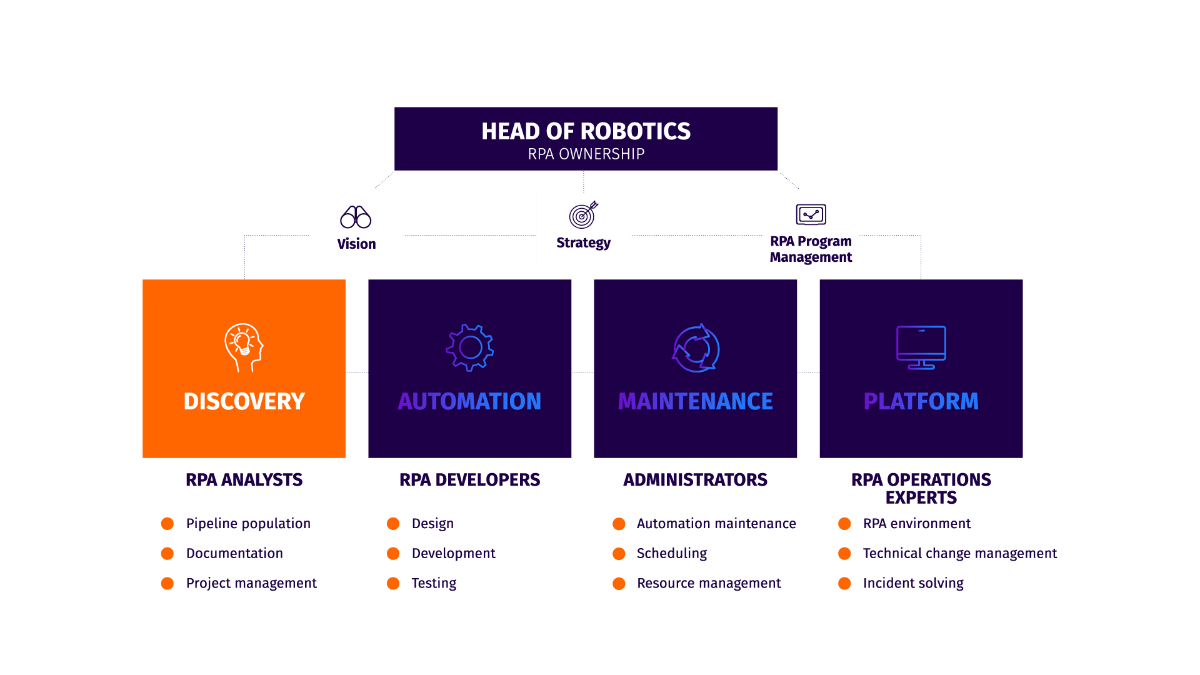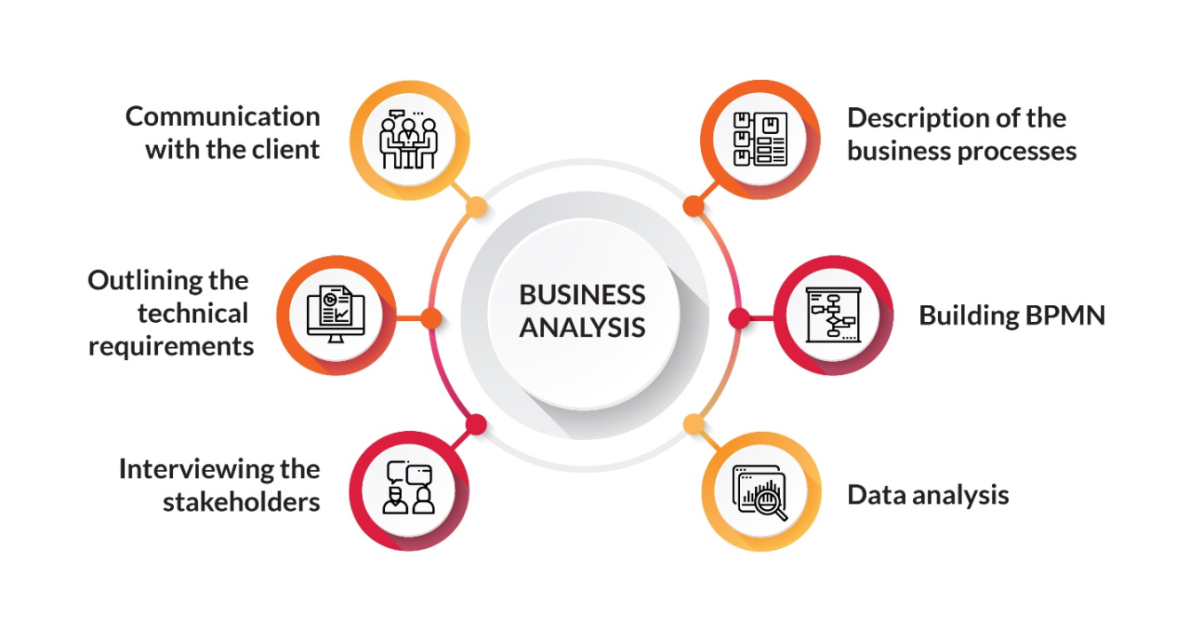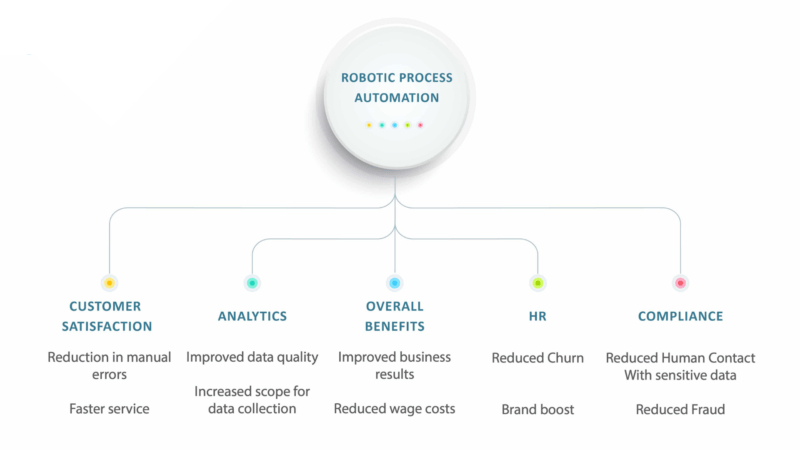-
Paper Information
- Paper Submission
-
Journal Information
- About This Journal
- Editorial Board
- Current Issue
- Archive
- Author Guidelines
- Contact Us
Science and Technology
p-ISSN: 2163-2669 e-ISSN: 2163-2677
2023; 13(2): 22-24
doi:10.5923/j.scit.20231302.02
Received: Mar. 10, 2023; Accepted: Apr. 24, 2023; Published: Apr. 27, 2023

How to do Robotic Process Automation (RPA) Project as a Business Analyst
Kshitiz Nayyar
Canada
Correspondence to: Kshitiz Nayyar, Canada.
| Email: |  |
Copyright © 2023 The Author(s). Published by Scientific & Academic Publishing.
This work is licensed under the Creative Commons Attribution International License (CC BY).
http://creativecommons.org/licenses/by/4.0/

The Business Analyst's function is to acquire information from numerous sources, examine it, and then report its findings to the company's upper management. Because of the monotony and human error inherent in such a continuous procedure, Robotic Process Automation (RPA) has grown increasingly relevant in recent years. With RPA, tasks are simplified and completed faster. This program can complete tasks more quickly and precisely. A human doing the task would take into account diverse sources, assess them, and report throughout. Managing massive datasets will be significantly less labor-intensive.
Keywords: Robotic Process Automation (RPA), Business Analyst, Information Technology (IT)
Cite this paper: Kshitiz Nayyar, How to do Robotic Process Automation (RPA) Project as a Business Analyst, Science and Technology, Vol. 13 No. 2, 2023, pp. 22-24. doi: 10.5923/j.scit.20231302.02.
Article Outline
1. Introduction for Robotic Process Automation (RPA)
- RPA is ideally suited to sifting through large, varied, and often unstructured databases and supporting businesses in interpretation and analysis of data they collect. There is a significant amount of manual labor involved in working with databases in every data-driven organization. A large number of workers would need to update and maintain these databases. Utilizing RPA helps lighten the load of working on monotonous chores. By using RPA in its place, companies can reduce workers' time to focus on more complex tasks that call for human ingenuity.
2. Challenges Related to RPA Work
2.1. Not Being Able to Automate Use Cases Fully
- As a result, commandment RPA solutions cannot be used to execute all the stages in all the operations directly. Instead, it must work in tandem with “Optical Character Recognition (OCR)” and machine learning techniques (Söderström et al., 2021). However, the added expense and required expertise of these technological elements may yield different benefits for company executives.
 | Figure 1. Skills and Process Development in RPA (Source: https://dwfacademy.com/rpa-role-based-training/rpa-program-management/) |
2.2. Inadequate Backing from the Business World
- The success of a robotic process automation (RPA) initiative is contingent on the company use cases receiving the requisite process illustrations, potential countermeasures for progressive collapse scenarios, frameworks for different types of data to be handled by the Bot, and specialized exclusions faced by the administrator during manual computation (Jana, 2019). The user acceptability testing phase of an RPA project will be more challenging to complete if the company is not fully committed to providing the necessary assistance. To pass, companies must submit honest feedback on how the Bot functions.
2.3. Disorganized Teamwork
- Devoted groups with well-defined duties for each member to guarantee a smooth handoff at the right moment and to the required quality. The danger of RPA projects failing to meet their milestones is exacerbated by the fact that their teams sometimes have to pool resources for use on many projects (Dey and Das, 2019).
 | Figure 2. Business Process Concerning RPA Analyst (Source: https://quintagroup.com/services/business-analysis) |
2.4. Acute Cultural Disorientation
- In most cases, businesses will use one of two methods, the “Top-Down approach” or the “Bottom-Up approach”, when introducing a novel procedure or piece of technology. In a top-down strategy, upper management decides that RPA should be used everywhere. But if workers need to prepare for the changes brought about by the introduction of automated Bots, the introduction of RPA automation will leave a good image.
3. Solution / Results
- 3.1: The business unit might emphasize that the goal of RPA is to relieve pressure on IT workers rather than to replace the system entirely. Be ready to answer any questions the IT department may have regarding security. Establishing an RPA competency center with representatives from both the business and IT may help guarantee that both parties are on the same page (Jimenez-Ramirez et al., 2019). It's essential to lay out who is responsible for what in a project, from vetting the design to keeping an eye on progress to tallying up the results.3.2: Knowing when an individual needs to automate and what they want to accomplish is crucial when picking a case for automation. Reduce the time and effort spent by high-priced, talented personnel on mundane activities by automating them. Get rid of the need to hire additional workers by automating simple and repetitive manual chores. The recruitment procedure may be improved with the use of RPA. In addition, all of the elements should be taken into account when estimating final RPA costs (López-Carnicer et al., 2020). The total price would comprise the initial investment in the automation technology and ongoing expenses for infrastructure and process monitoring and maintenance.3.3: Finding and removing superfluous processes, such as duplicate approvals, and keeping the number of deviations to a minimum will help optimize and simplify a process. Experts in the field, RPA programmers, business analysts, and others may contribute to this effort.
4. Future Work
4.1. Streamlined and Efficient Process Development
- Market and regulatory forces drive process improvement. Top-down lean and six sigma improvement programs are rare and costly, but they exist. Therefore, there is much room for development in most procedures.
4.2. Selective on Team-Members
- Many third-party vendors and consultants specialize in RPA and can aid its implementation. Although it would seem like the quickest and cheapest option to employ an RPA solution for RPA implementation, case studies show that firms save much time and money by adopting a best-of-breed strategy.
 | Figure 3. RPA Use Cases (Source: https://research.aimultiple.com/top-robotic-process-automation-rpa-benefits/) |
4.3. Own-Developed Solutions
- First, it's essential to draw out a comprehensive process map that specifies which steps will be automated. While developing the process map, input from relevant internal stakeholders is crucial. This becomes more important if the procedure needs to be recorded. Unfortunately, most large-scale businesses we've dealt with have poorly written procedures (Kedziora et al., 2021). As soon as the function of RPA bots in the workflow is defined, the bots may be reported. While creating the answer, assessing the pros and cons of various options is crucial, such as how quickly it can be deployed and how much flexibility it offers. One can guarantee that the business and technical teams work together productively by adhering to tried-and-true lean software design and quality control practices.
4.4. Maintaining Proper RPA Installations
- The procedures will also need to develop as the market and the rules evolve. If the RPA installation needs to succeed in the long run, it needs to put together a competent team to oversee the process. Businesses often establish “RPA Centers of Excellence” (CoEs), partner with external service providers, or educate in-house staff to manage and develop RPA systems. The personnel in charge of RPA installations can benefit from process mining tools since they can track how processes are changing and, in turn, know when the RPA bots need to be updated or serviced.
5. Conclusions
- RPA can be an effective solution for Business Analysts to streamline processes, reduce cost and improve efficiency. By automating routine tasks, Business Analysts can focus on more activities such as analyzing data and making recommendations.
 Abstract
Abstract Reference
Reference Full-Text PDF
Full-Text PDF Full-text HTML
Full-text HTML